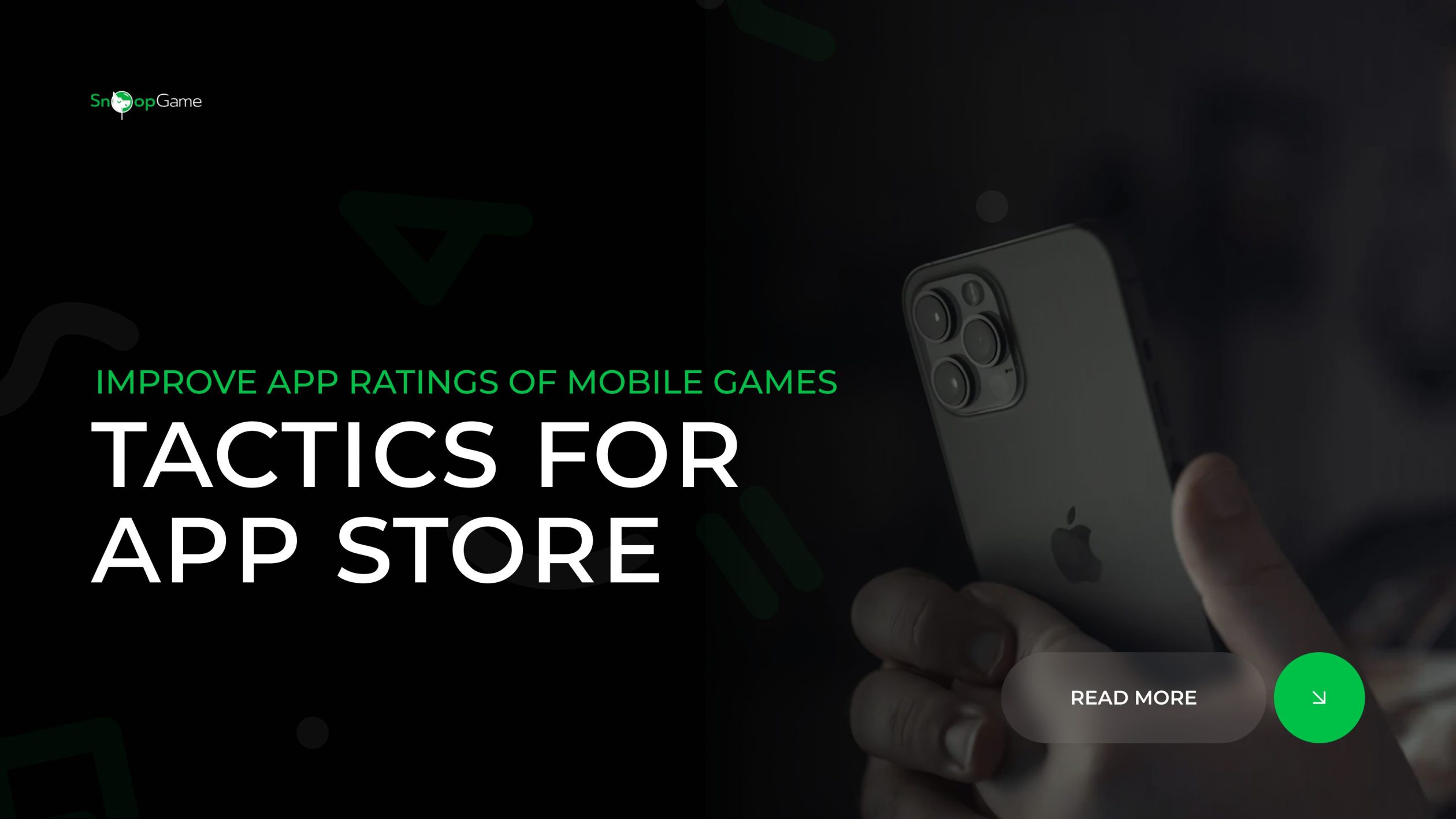Simple Game Retention Strategies
Game retention directly influences a game’s success, longevity, and profitability. High retention rates lead to increased lifetime value (LTV), stronger communities, and better organic growth through word-of-mouth. This article explores key strategies to keep players engaged, satisfied, and loyal to your game.
1. Understand Your Player Base
Segment Your Audience
Not all players are the same. Segment them based on demographics, behaviors, and preferences:
- New Players: Need onboarding and tutorials.
- Casual Players: Enjoy light, stress-free gameplay.
- Hardcore Players: Seek challenges, competitions, and deep mechanics.
Understanding these segments helps tailor content and updates to meet their specific needs, which is crucial for improving mobile game retention.
Gather and Analyze Data
Use analytics tools to track player behavior:
- Session length and frequency
- Progression patterns
- Drop-off points
Regular analysis helps identify what keeps players engaged and where they lose interest. Monitoring mobile game retention metrics like session frequency and churn rates can offer valuable insights.
2. Design an Engaging Onboarding Experience
First Impressions Matter
A well-designed onboarding process sets the tone for the entire game experience. Keep tutorials interactive, concise, and engaging to enhance mobile game user retention strategies.
- Progressive Tutorials: Introduce mechanics gradually.
- Skip Options: Allow experienced players to bypass tutorials.
- Rewards for Completion: Offer incentives to encourage players to finish onboarding.
3. Create Meaningful Progression Systems
Players stay engaged when they feel a sense of growth and achievement.
Layered Progression:
Combine different progression systems:
- Leveling Systems: Character or account levels.
- Skill Trees: Customization options for abilities.
- Achievements: Badges, trophies, or milestones.
Visible Rewards:
Showcase rewards prominently to motivate continued play, which positively impacts the average retention rate for mobile games.
4. Foster a Strong Community
Social Features:
Integrate features that encourage social interaction:
- In-game chat and guilds
- Leaderboards and competitive events
- Co-op missions and multiplayer modes
Community Management:
Active engagement on social platforms, regular updates, and prompt responses to feedback create a loyal player base and help improve retention in mobile games.
5. Regular Content Updates
Players need fresh content to stay interested.
Content Calendar:
Plan regular updates with:
- New levels, characters, or storylines
- Seasonal events and time-limited challenges
- Balance changes and quality-of-life improvements
Player-Driven Updates:
Incorporate player feedback into updates to show that their opinions matter, which is a proven method on how to improve retention in mobile games.
6. Implement Retention Mechanics
Daily Rewards and Streaks:
Encourage daily logins with escalating rewards for consecutive days to boost mobile game retention.
Challenges and Events:
Offer time-limited events that create urgency and excitement.
Personalization:
Allow players to customize avatars, settings, and UI to create a sense of ownership.
7. Optimize Monetization Without Compromising Experience
Fair Monetization Models:
Ensure that in-game purchases enhance rather than hinder the gameplay experience.
- Cosmetic items instead of pay-to-win mechanics
- Battle passes with meaningful rewards
- Transparent pricing structures
This approach contributes to sustainable game retention strategies.
8. Monitor Metrics and Adapt
Key Retention Metrics:
Track the following to gauge retention effectiveness:
- Day 1, Day 7, Day 30 Retention Rates: Measure how many players return after specific timeframes.
- Churn Rate: Identify how quickly players stop playing.
- Lifetime Value (LTV): Assess the long-term value of a player.
These are essential mobile game retention metrics that help in making data-driven decisions.
A/B Testing:
Experiment with different features, UI changes, and events to see what resonates best with your audience, refining your mobile game user retention strategies over time.
Conclusion
Retaining players requires a combination of engaging content, thoughtful game design, community building, and data-driven decisions. By understanding your audience, creating meaningful progression systems, fostering a strong community, and regularly updating your game, you can ensure long-term player satisfaction and loyalty. Continuously monitor feedback and analytics to adapt and improve, keeping your game fresh and exciting for both new and veteran players through effective game retention strategies.














